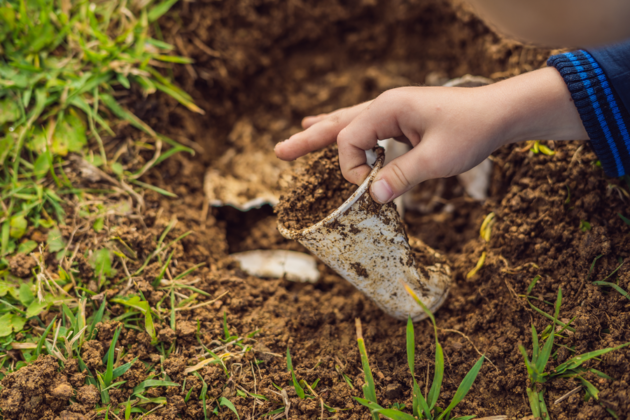
Packaging: Bio-based, biodegradable, or compostable?
By Carol Zweep
Packaging Bio-based packaging biodegradable compostable packaging Editor pick sustainability Photo © galitskaya/ Adobe Stock
Photo © galitskaya/ Adobe Stock With Canada and other countries around the world banning single-use plastics, environmentally friendly options are on the rise. However, you may be confused by the numerous terminologies and types available, such as biodegradable, bio-based, oxo-degradable, and compostable. What do these terms mean, and which terms describe the best eco-friendly material? Some plastics degrade into microplastics, others take a long time to disappear from the environment, and in certain conditions, materials can produce powerful greenhouse gases.
Several factors affect product breakdown into fragments or into natural products (including water, carbon dioxide, and compost). Plastics can be classified as biodegradable or non-biodegradable. The shape and thickness affect the breakdown of products (i.e. thinner bags tend to breakdown faster than thicker cutlery). The environmental condition of disposal is another factor (presence or lack of heat, moisture, and microbes can impact decomposition). Finally, under suitable conditions, biodegradable plastics can take weeks to decompose, whereas conventional plastics take centuries to breakdown.
Biodegradable
Biodegradable plastics describe a range of plastics that break down into natural substances within a certain time after disposal. When biodegradation occurs under different conditions, varied terms are used, such as composting, anaerobic digestion, and biodegradation in soil and marine water. A subset of biodegradable plastics is compostable plastics. Composting occurs in an environment of elevated temperature and moisture and in the presence of aerobic micro-organisms.
Plastics that have been tested and certified by a third party and meet international standards (e.g. ASTM D6400 or EN 13432) are considered compostable. Under industrial composting conditions, certified products must break down into carbon dioxide, water, inorganic compounds, and biomass at a rate consistent with known compostable materials (e.g. cellulose). The resulting compost must have an acceptable metal content level and be able to foster plant growth.
Consumers may not be aware of how to dispose of compostable plastics. If they are disposed of in a landfill where there is low to no oxygen, anaerobic reaction will result in the production of methane. The environmental impact of methane as a greenhouse gas is 84 times that of carbon dioxide. The temperatures of home compost bins aren’t usually as high as those in industrial composting facilities. Since there is often inadequate moisture and oxygen exposure in home compost bins, these conditions result in a slower breakdown process.
Bio-based plastics
Biodegradable plastics may be classified as being either renewable (bio-based) or non-renewable (petrochemical-based). The former plastics are mostly biodegradable by nature and produced from natural origins such as polysaccharides (e.g. starch, cellulose, lignin and chitin).
Not all bio-based plastics are biodegradable. Bio-based plastics are defined as materials for which at least a portion of the material is produced from renewable raw materials. Common commodity plastics like polyethylene terephthalate, polyamide, and polypropylene have been manufactured from fermentation byproducts of biological feedstocks such as sugarcane, sugar beets, and corn. Although bio-based, these plastics are chemically identical to petrochemical-based plastics and therefore not biodegradable.
Oxo-degradable plastics are conventional plastics mixed with an additive to accelerate the breakdown of plastic into smaller fragments called microplastics. Microplastics don’t break down at the molecular level like biodegradable and compostable plastics, which causes significant harm in the environment.
Bio-based and biodegradable plastics are under constant development with the objective to overcome resource depletion and counteract plastics pollution. Transparency about environmentally friendly packaging will allow consumers to make informed purchasing and disposal decisions. Package functionality and end-of-life disposal should be considered during the innovation process. New technologies for production of bio-based plastics using urban, agricultural, and food waste as feedstock will establish a sustainable production value chain for the future design of bioplastics.
Carol Zweep is consulting and technical service manager for NSF Canada. Contact her at czweep@nsf.org.
This column was originally published in the November/December 2022 issue of Food in Canada.
Print this page